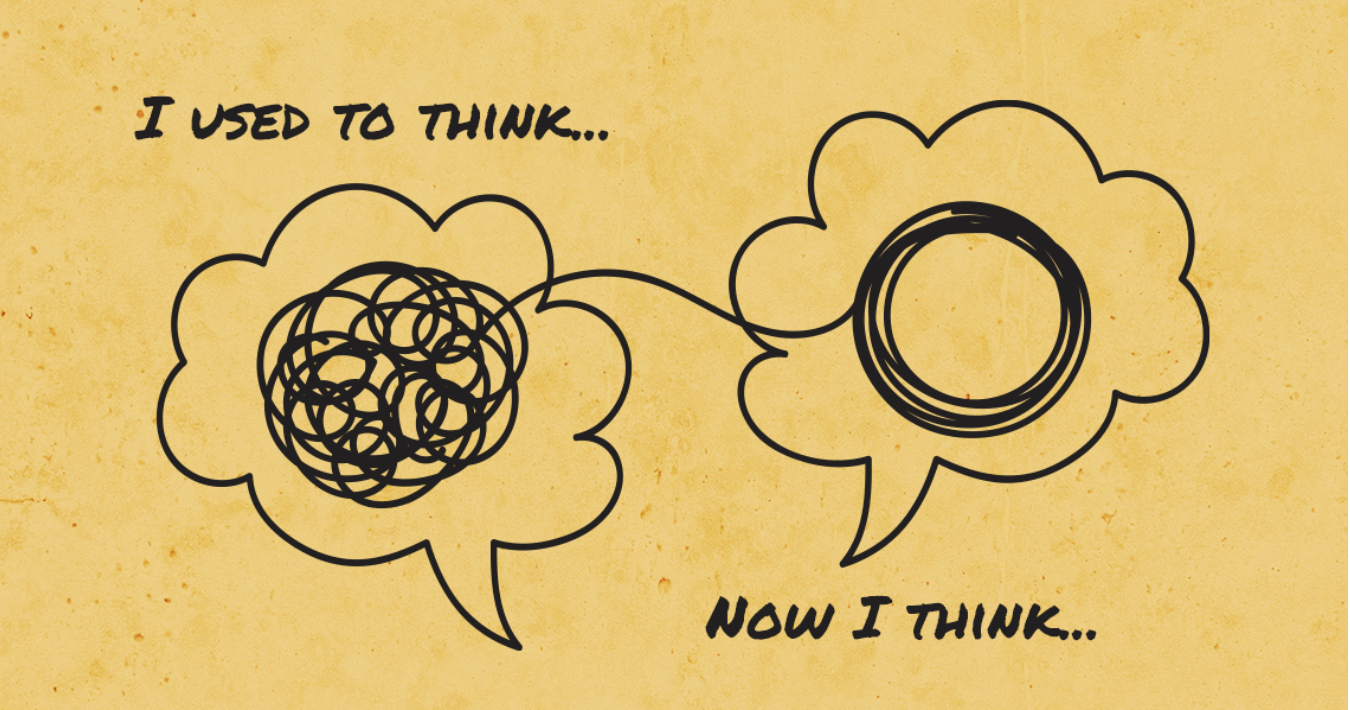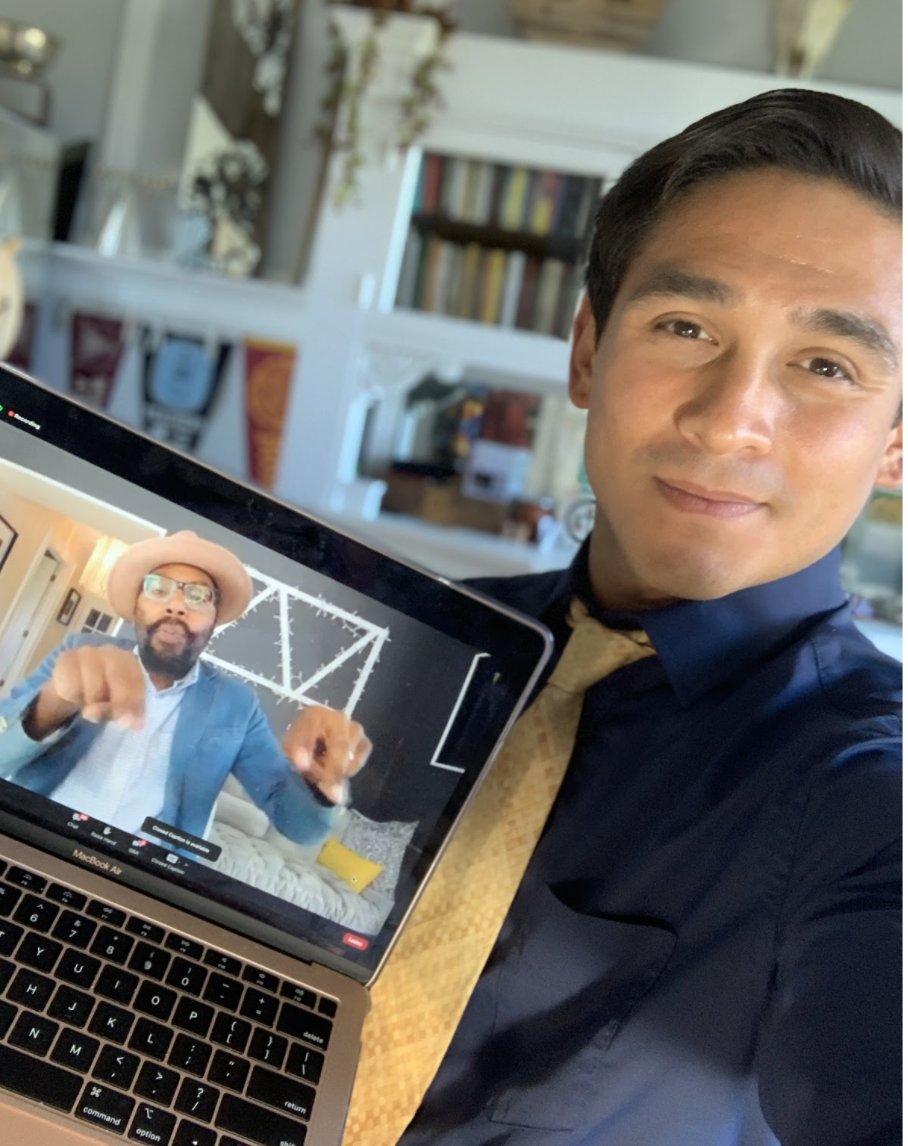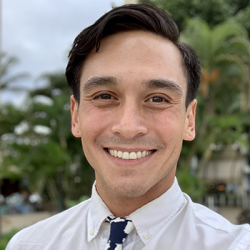
This post is Part 3 of 3 – see Part 1 and Part 2. In this series, I explore how teachers shift their mindset about PBL and how it can promote educational equity.
We end our workshops—like the PBL 101—with an adapted version of Project Zero’s thinking routine called "I Used to Think… Now I Think…" to invite teachers to identify previous misconceptions about PBL. It’s part of the workshop's reflection process for participants, and provides us with feedback on our curriculum and my facilitation. This post focuses on the following reflection:
“I used to think PBL was another buzzword in education, and mirrored any other assessment I have given or received…”
In the pursuit of collaborative relationships between teachers and students, Dr. Bettina Love reminds us that instead of being an ally against injustice, we must be co-conspirators. In an interview with Dr. Yolanda Sealey-Ruiz, critical race theorist and another former professor of mine, Dr. Love explains that while an ally “knows all the language, reads all the books, and comes to all the meeting with all the terms… a conspirator takes risks for somebody and puts something on the line to use your privilege.” (04:10-05:53)
In the process of designing a project and focusing on teaching practices, we all exercise an element of privilege with our power, and act as gatekeepers for our students. For Dr. Love, what we do with this power and privilege determines whether or not we are teaching in pursuit of freedom.
As equity-focused PBL designers, we hear Dr. Chris Emdin’s PBL World keynote doubling down on this liberatory call to action when he says, “Project Based Learning is pedagogy for emancipation. Project based pedagogy educators utilize their work as protest. You might not be able to march, but you can use the work that you do every day with young people as an opportunity to transform the world.” In order to be co-teachers and co-conspirators with our students, equity-focused PBL designers must truly and deeply invest in helping their students take a critical lens on the injustice that surrounds them, and strive to make change in an authentic and meaningful way.
When taking this approach toward liberatory PBL, the process and product are more than an assessment: it is a revolution.
Rather than viewing PBL as a top-down buzzword or assessment, the equity-focused PBL designer sees pedagogy and curriculum as a lever toward justice and change. For some, this reframe of PBL may feel foreign and uncomfortable. That is a good thing. Lean into and examine that discomfort. Where is it felt? What fears, thoughts, or doubts come to mind? What previous notions of education are being challenged in this moment? How is this different from the ways in which I was taught? How is my community similar and different to the one I teach?
When equity-driven educators reflect on these questions, they go through the process that Dr. Sealey-Ruiz calls an arch of self. During this excavation, the external emancipation is not only happening for the students, but also internally for the teacher. Dr. Emdin’s keynote also reminds us that an equity-focused PBL designer is a project in itself.
He asks, “How are educators thinking about project based learning - not just as a random project that we’re doing, but looking at ourselves as a project to create? And I would argue that Project Based Learning is not just about what you do, it’s also about what you deconstruct, what you reimagine, and what you reconstruct. … And look at yourself, and deconstruct you. How have I been complicit in race-based practices that do not allow all people to come alive?” Similar to the research we do for projects in a classroom, we must do research on ourselves, even when it leads to discomfort.
This process is also described in a recent PBLWorks podcast episode where Sam Texeira, one of the collaborating teachers on the Breaking Bias project, explains the collaborative process between teachers across different states and races. He explains, “I think that a lot of people are afraid to talk about race, and it was very important for us to have those conversations as an education staff before we included our students.” For Texeira and the other collaborating teachers in the project, they had to unpack their own identities, beliefs, mindsets, and bias before doing this work with students. Only after they had done this work within and amongst themselves, were they able to “remind students that everybody has implicit bias, whether you're a person of color or white, a man or a woman, old or young, we all carry these biases that are just inherent with our life experiences.”
When we go through this process, and implement equity-based PBL design elements and teaching practices, we are doing more than checking a PBL box in our tenure packets, or doing enough to keep administration and “higher ups” happy. We are doing more than simply following the next buzzword or initiative in education, because we fear the punitive nature of certain teacher assessments and accountability measures. We are participating in living history. We are making change with and for future generations.
“… Now I think that “any other assessment” fails to prepare ALL learners to be the change they wish to see in this world, and heal an entire generation’s pain.”

The misconceptions and mindset shifts described in this blog series will not happen overnight. For many of us, the context in which we teach and learn is designed to make this process very difficult, if not impossible. This is not an accident. The polarizing standardized test, unrealistic scope and sequence, and punitive culture of teacher accountability are all real factors that prevent us from pursuing and enacting equity-based PBL. However, the data shows us that we are failing our students of color as educators. If this is the case, then we must do what James Baldwin urged in his 1963 Talk to Teachers, and “go for broke” as we push toward the next frontier in education, and endeavor to take care of ourselves and each other in the process.
Follow Jason Ernest Feldman on Instagram and Twitter @ErnestProfessor.

